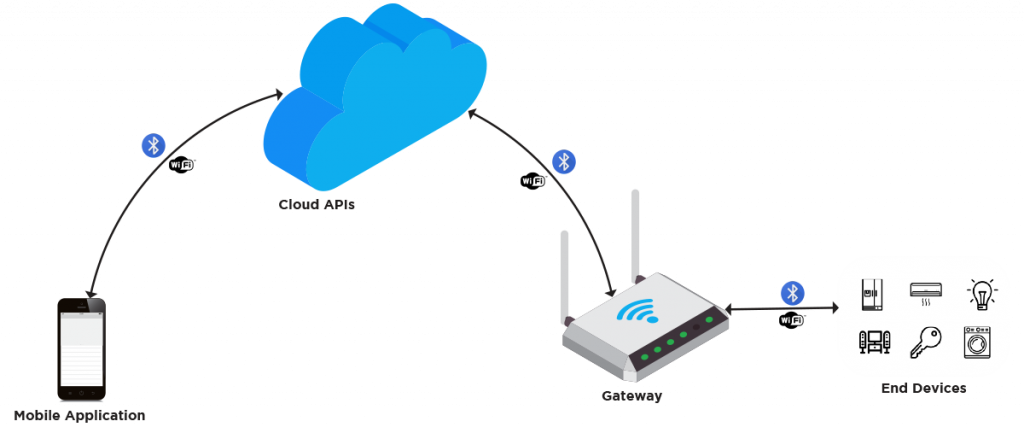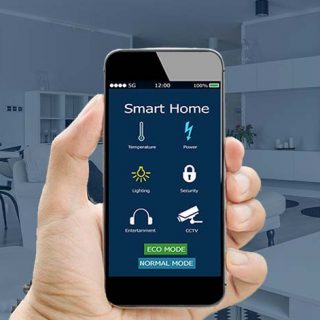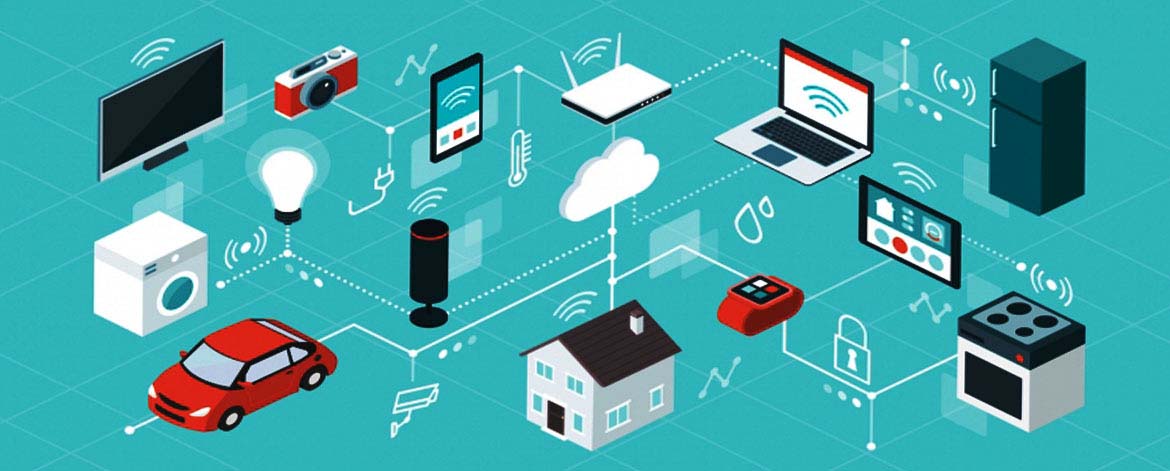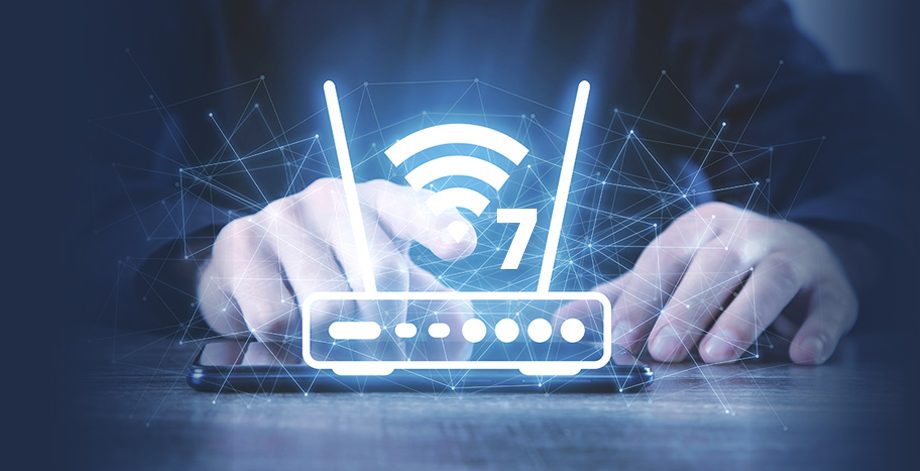The internet of things (IoT) is an intelligent technology between the real and the digital world. It is a system of interconnected devices which have the ability to collect and transfer data over a network beyond manual interference. Enterprises are getting leverage by implementing IoT in their business models to reduce the time-to-market and boosts productivity.
But as we know every technology has its own challenges. Internet of Things also faces a major challenge in terms of its testing. To build a world-class IoT product, the solution needs to be tested end-to-end thoroughly. It means every component such as a sensor, cloud access, gateway, user interface, and their inter-connectivity needs to be tested before delivering it to the end-customer. This end-to-end testing of every component broadly comes under multistage validation.
Let us understand the concept of multistage validation in more detail.
The concept of Multi-Stage Validation
An IoT ecosystem consists of multiple components like:
- User Access Component: Mobile Application or Web Application
- Cloud Infrastructure
- IoT Gateway
- IoT Embedded Devices/Sensors

Each of the above components plays a very critical role in the functioning of the IoT ecosystem which triggers the need for multistage validation. The multistage validation ensures that each component should perform its designated action as per the requirement.
It advocates the process of validating each component of IoT Ecosystem while doing the system testing with closed loop test where the forward path (from the mobile application to IoT device) and reverse path (from IoT device to mobile application) is considered.
Let us understand the concept of multistage validation in more detail with the example below:
IoT System use-case for Smart Air Conditioner
Let us say, a user wants to set the temperature of Air Conditioner of the bedroom from the mobile application while leaving from the office, then Air Conditioner sends the notification to the mobile application when the desired temperature is achieved.
The IoT Ecosystem for this use case contains the following components:
Mobile Application: User can set the Air Conditioner temperature on his/her mobile application.
User Access Cloud: The mobile application sends the temperature value on the user access cloud using Rest APIs and also updates the database.
IoT Cloud and Gateway Device: IoT cloud delivers the change temperature commands to the IoT gateway device installed at the user’s home.
Smart Air Conditioner: Gateway device sends the desired temperature on bedroom Air Conditioner and the Air Conditioner sends a notification on mobile application once the desired temperature is achieved.
For End to End testing, the multi-stage validation plays a critical role as the verification at each component level is required to ensure the system functionality.
Stage – 1: The validation requires at the mobile application level to check the mobile application functionality. Correlating with the above example, the validation, in this case, would be whether the temperature of the Air Conditioner is changed to the desired level or not.
Stage – 2: The validation requires at the user access cloud where the mobile application or web application access the cloud using the Cloud APIs. It is mandatory to ensure that the functional requirements meet at APIs and database level. Also, make sure that the changes made by mobile application and which are reflected in the database are sent to the gateway device through IoT cloud logs validation. Correlating with the example, the validation would be done to ensure that the APIs are working as expected and the changes made to the database for Air Conditioner are as expected for the desired device.
Stage – 3: Here, the verification needs at gateway stage where the IoT cloud sends the temperature change command using IoT communication protocol like MQTT, XMPP, XML, JSON. The validation is done to ensure that the correct message is received by the IoT gateway device and the message is getting forwarded to the intended end device via a communication protocol such as ZigBee, BLE, WIFI whichever is available. Correlating with the given an instance, the validation would be done to ensure that the temperature change action is made for intended Air Conditioner device over a supported communication protocol.
Stage – 4: At last, the validation is required at the end embedded device to ensure that the action received from the gateway is reflected on the embedded device.
Corresponding to the above example, the validation would be done to make sure that the temperature gets set to the desired level on the Air Conditioner. Air Conditioner sends the “desired temperature achieved” notification to mobile via gateway and cloud. The mobile application, cloud, and gateway get validated as soon as the mobile notification generated from the Smart Air Conditioner.
Importance of Multistage IoT Ecosystem Testing:
- It enables testing, validation, and verification of application architecture, integration between all the components and business requirements
- Able to catch the bugs at the integration level and also find the issues at the component level
- Enables solution testing with the perception of end user and real-time use cases
Volanium is an excellent solution for end-to-end testing. It is a complete testing automation framework for IoT-enabled applications. To know more details about Volanium, drop us an Email at [email protected].

About the Author: Virendra Maheta
Virendra is associated with VOLANSYS Technologies as a Project Manager with 12+ years of experience in Quality Assurance for various domains like Embedded, Networking, IoT, Telecom/VOIP, ERP. He also has suffice experience in Manual and Automation Testing Management.









